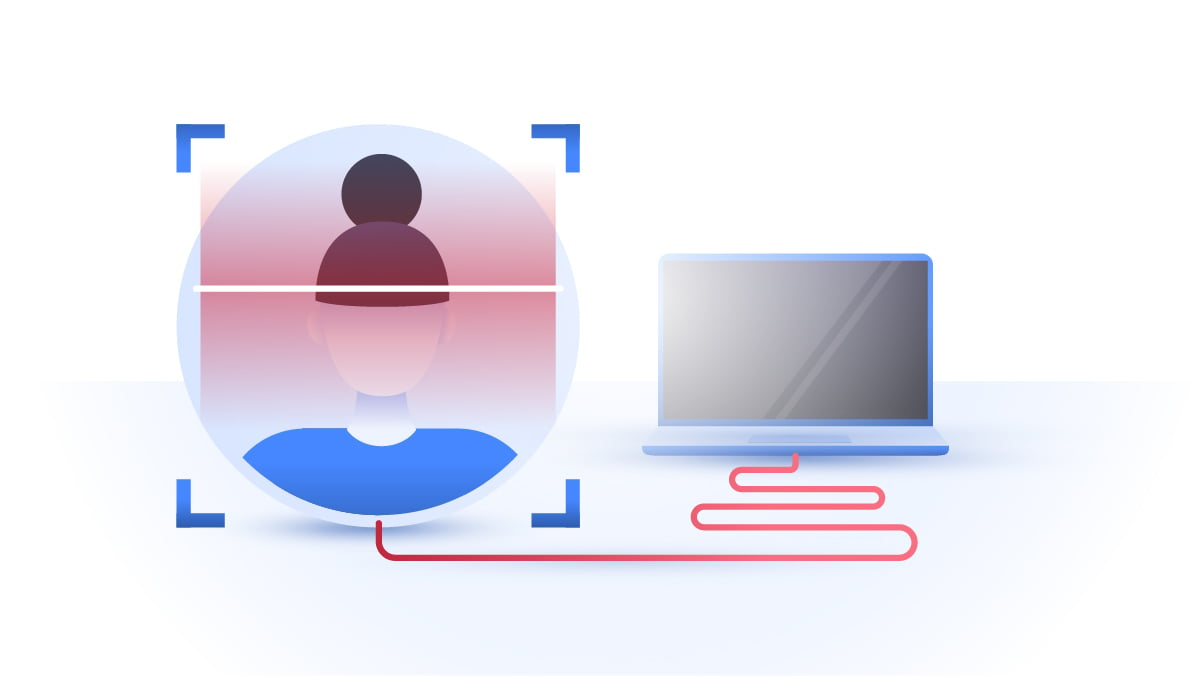WE INFORM THE UNINFORMED. Here Are Reasons Why You Should Not Allow People To Take Your Photos Without Permission. The Threats and Possibilities of Image Recognition.

Imagine someone took a picture of you in the street. After examining the image, a person somehow finds out who you are, your personal details and social media contacts. Sounds creepy, doesn't it? Someone has just used image recognition to find something about you. Let’s find out what it is and the threats and possibilities of it.
What is image recognition?
Image recognition is when computers recognize and identify the elements making up an image. These can include people, objects, events etc.
It does so by imitating the way we perceive visual information using artificial intelligence, machine learning and neural networks to process, interpret and classify visual information.
An image is divided into small particles called pixels. A machine understands an image as a matrix of numerical values. These values represent the information pixels contain (e.g., colors). By analyzing the visual info contained in pixels, their positions and patterns, the system can begin to understand an image. For example, the data patterns detected in certain sections of an image can identify it as the face of a human being.
How does machine learning assist image recognition?
Machine learning (ML) can empower image recognition technology by enabling devices to process large amounts of data and learn from it.
It starts by feeding lots of pictures with attributed labels into the system. For example, if we want to identify human beings in images, we give the system images with and without human beings and label them accordingly. As a result, it will start to understand patterns and recognize human beings in images presented to it in the future. This type of “education” requires tens of thousands of images, making it a resource-intensive process.
Image recognition uses
We can apply image recognition in a wide number of areas:
- Self-driving cars can analyze their surroundings to read road signs, markings, other vehicles, pedestrians, etc.;
- Facial recognition and biometric identification techniques may eliminate the need for ID cards. A system could recognize you by scanning your facial features and finding you in its visual database. Social networks can also recognize your image;
- Improved search systems. Google’s reverse image search, for example, gives you search results based on a photo or image you provide;
- Identifying inappropriate content. Websites and organizations can use it to automatically filter out content that does not adhere to their policies. There would be no need for human employees to identify it.
Image recognition challenges and threats
- Faking identities. If image recognition identification is widely adopted, someone might fake your identity by using your photo or likeness to access your sensitive data. This also goes for deepfake video content;
- Privacy breaches. Systems that recognize us by our facial features and visual content make it way easier to track us. With CCTV cameras, someone could track where we go and what we do;
- Data collection. Image recognition opens the door for large-scale data collection. For example, the images in your Google drive or your iPhone might be analyzed by third parties and provide lots of data about your free time, habits and even personal life. This is already possible;
- Censorship threats. Image recognition might be used for censorship to make it even more powerful.
Stay cautious and safe!
Comments
Post a Comment